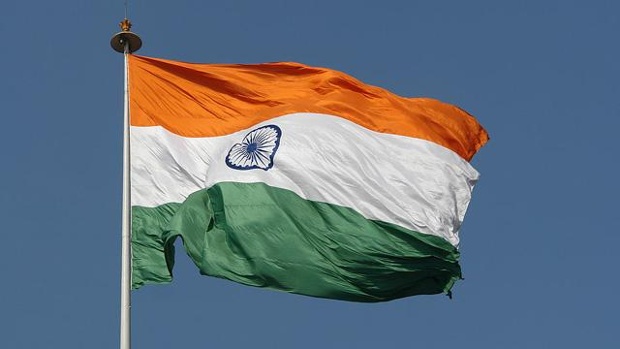-
Tips for becoming a good boxer - November 6, 2020
-
7 expert tips for making your hens night a memorable one - November 6, 2020
-
5 reasons to host your Christmas party on a cruise boat - November 6, 2020
-
What to do when you’re charged with a crime - November 6, 2020
-
Should you get one or multiple dogs? Here’s all you need to know - November 3, 2020
-
A Guide: How to Build Your Very Own Magic Mirror - February 14, 2019
-
Our Top Inspirational Baseball Stars - November 24, 2018
-
Five Tech Tools That Will Help You Turn Your Blog into a Business - November 24, 2018
-
How to Indulge on Vacation without Expanding Your Waist - November 9, 2018
-
5 Strategies for Businesses to Appeal to Today’s Increasingly Mobile-Crazed Customers - November 9, 2018
Odd-even scheme: On Day 1, Delhi’s air quality fluctuates
Although the average value of suspended particulate matter PM 2.5 rose to around 198 micrograms per cubic metre, an increase as compared to yesterday, a fall could be observed between 8 AM when the odd-even scheme kicked in and 2 PM, SAFAR’s Project Director Gufran Beig said.
Advertisement
On December 31, at the same time, the PM 10 and PM 2.5 stood at 134 and 58 units respectively.In Punjabi Bagh area, there was a slight increase in the pollution level over the previous day during the peak time, around 1730 hours.
PM 2.5 are the particulate matter capable of causing harm to human respiration, if present above permissible levels.
Unlike yesterday, SAFAR’s hourly average graph of mass concentration of pollutants did not show any upward trend after 2 PM.
Besides, a portable air monitoring station was deployed in the city for air quality assessment. “Also, fireworks on New Year and excessive vehicular motion within the early hours of New Year impacted pollution ranges”, stated Vikrant Tongad, an environmentalist working with Social Action for Forest and Environment. The figure was at 375 units at 11.30 a.m.
“The pollution level has not been affected even as even-odd started as the pollutants which have gathered in the air till today stay close to the ground in winter”.
The Air Quality Index (AQI) of the national capital, as measured by the Central Pollution Control Board (CPCB), stood at a “very poor” degree of 384.
The scheme allows odd and even-numbered private vehicles to ply on the city’s roads on alternate days. Two-wheelers, three-wheeled auto-rickshaws, taxis and cars with women drivers were among vehicles exempted from the restriction on even-number cars.
Four-wheelers are not the sole polluters of Delhi’s air and in consolidated manner pollute less than the large number of two-wheelers.
TERI went one step ahead and said that PM 2.5 concentrations were found to be “highest on January 1” in comparison to the last week, ostensibly due to adverse meteorological conditions such as lesser wind speeds. Nevertheless, the first day of 2016 will be slightly better as compared to 2015, when the PM2.5 level was 200 micrograms per cubic metre.
According to a study by the Centre for Science and Environment (CSE), two-wheelers make up for 32 per cent of the particulate matter pollution in the air, while cars contribute 22 per cent, diesel-run trucks 28 per cent, and Compressed Natural Gas-run (CNG) buses 4 per cent of the city’s air pollution.
Advertisement
An “overwhelmed” chief minister Arvind Kejriwal had said that the radical initiative of the AAP government has received widespread acceptance among the people and that Delhi would “show the way” to the rest of the country.




























